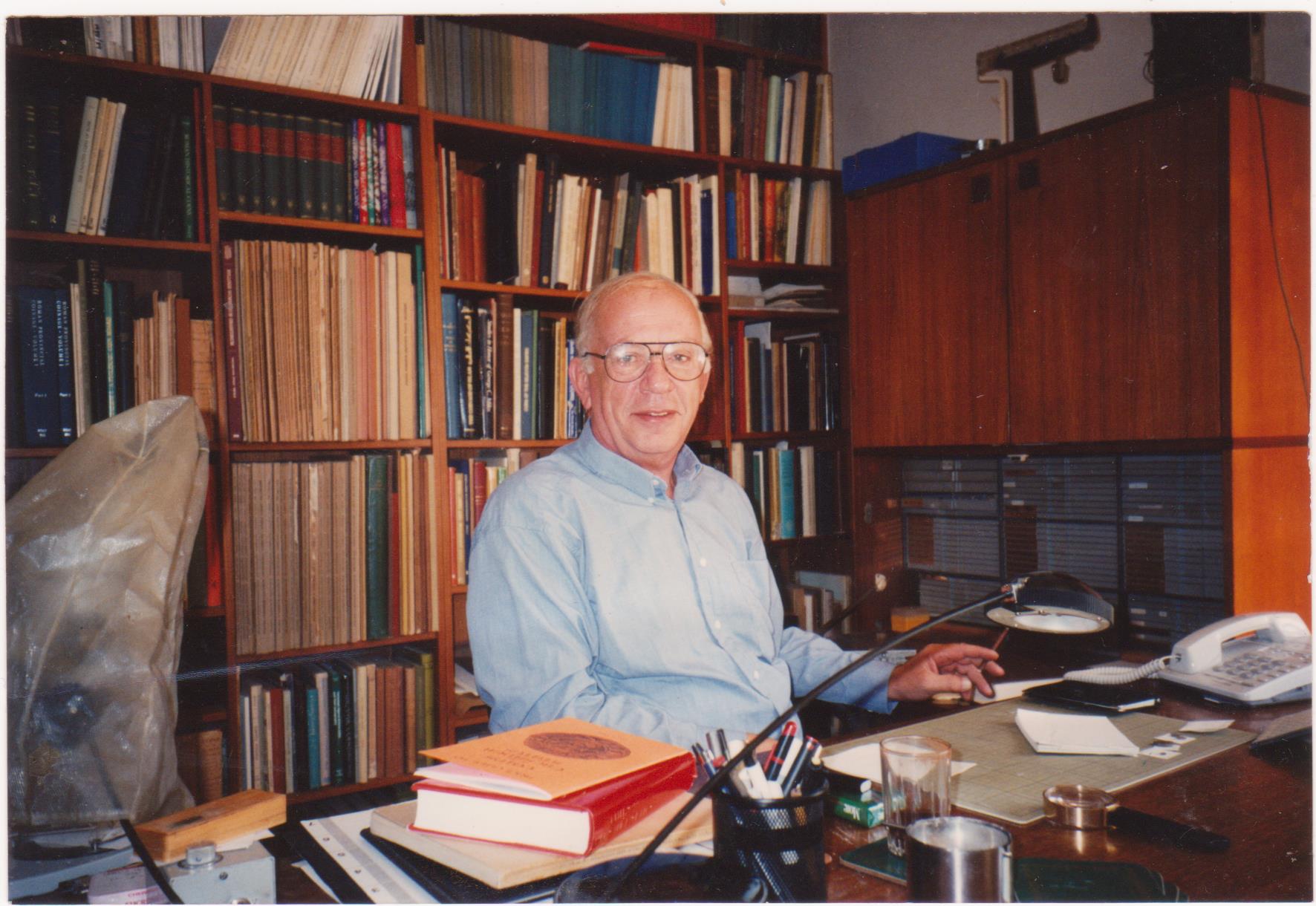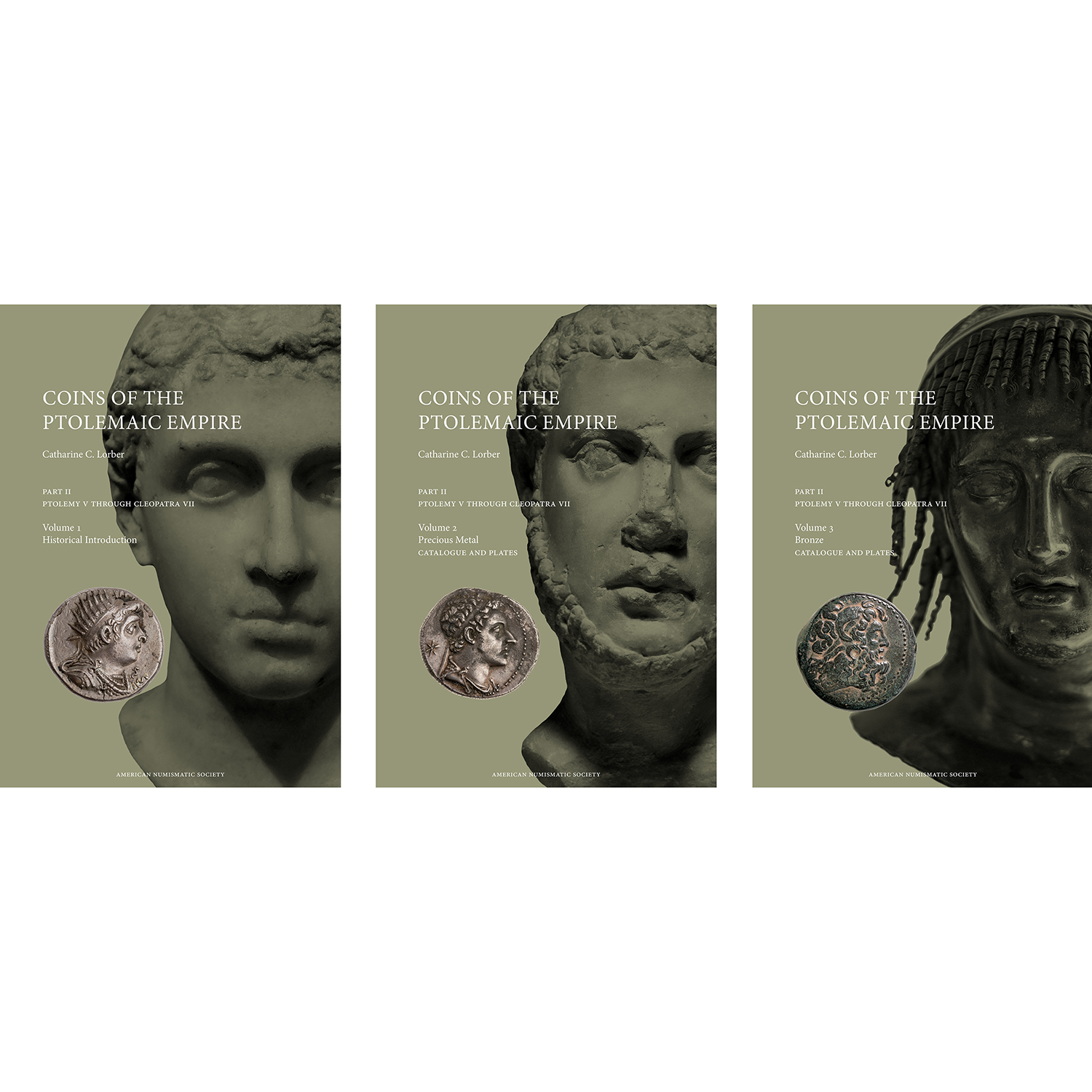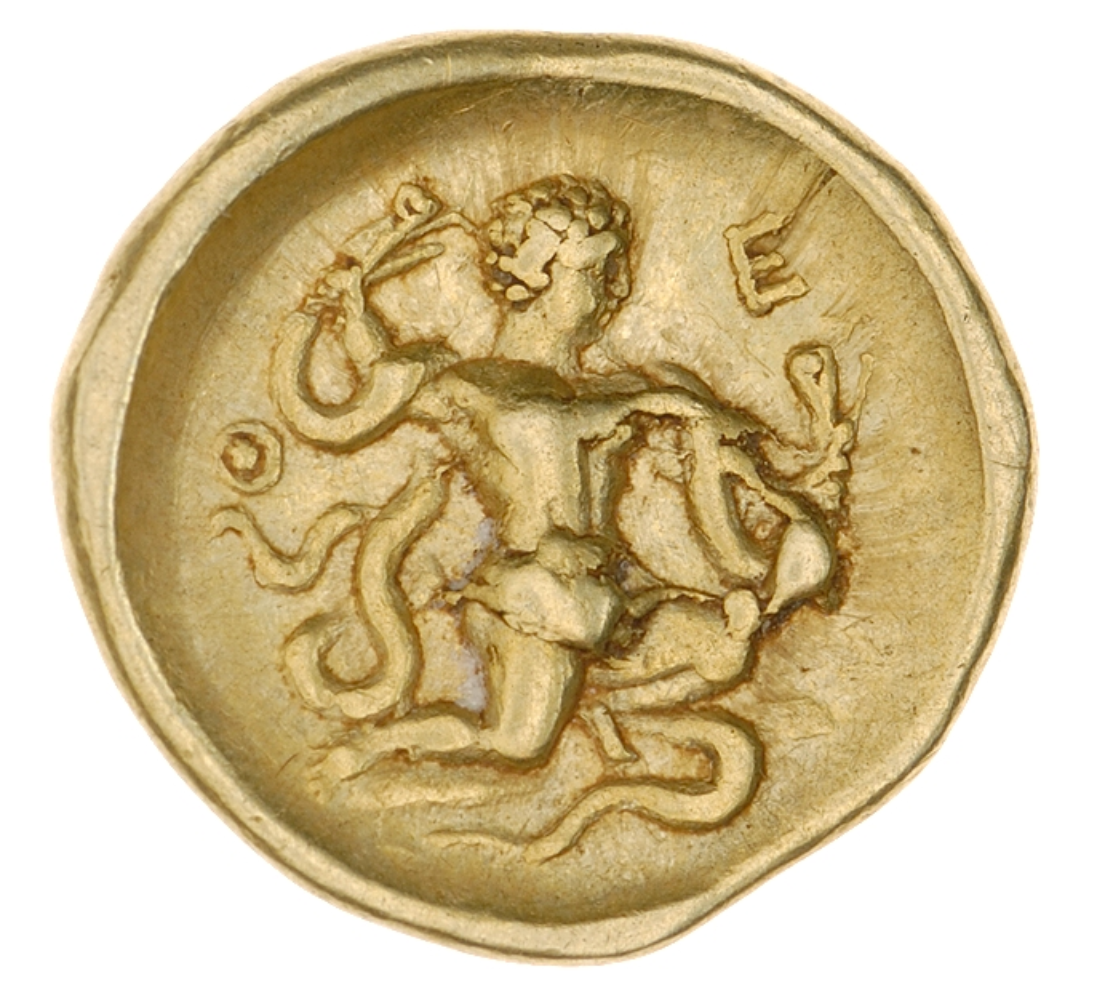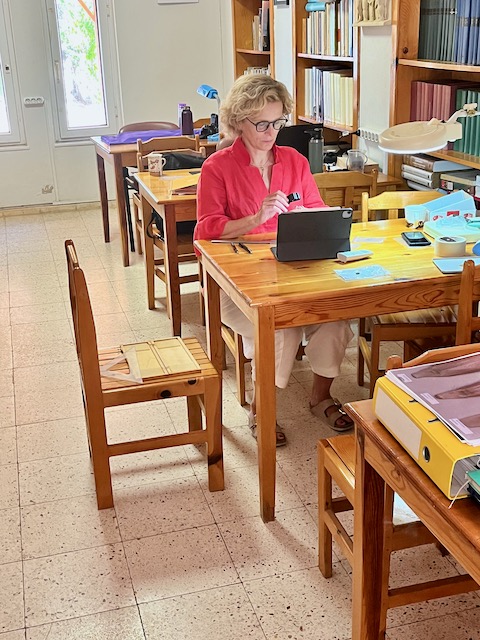Persian Silver of Judah
The first coins with Hebrew inscriptions were struck during the period when the Achaemenid or Persian Empire ruled ancient Judah. It seems likely that the earliest of those coins were struck at the Philistian mint of Gaza between 539 and 333 BCE. Later, only small denominations were struck in Judah, quite likely in or very near to Jerusalem. These are part of what is known as “Yehud” coinage because most of them were inscribed with the paleo-Hebrew legend YHD, although some carry the name Hezekiah and one very rare variety has the name of a priest named Yochanan.
It was quite a feat for coins to be minted at all in this area, which was rather out of the way in that time, and had no great technological capabilities. The mints in ancient Judah most likely resembled small blacksmith or jewelry shops, but must have been in the precinct of a fort or a palace because of the need for security in the transport and storage of uncoined silver. The early coins minted in Judah were patterned after Athenian coins and struck some time before 333 BCE when Alexander the Great brought an end to the First Persian Empire.
The denominations of the coins are uncertain. However, this group seems to be related to the known weight of the Judean shekel, which was 11.4 grams around 800 BCE during the Iron Age. The two denominations of the earliest small silver coins struck in Judah weigh around half a gram or a quarter of a gram. These weights correspond to approximately 1/24th and 1/48th of the known weight of the shekel. Archaeologists believe that there were 24 gerahs in each shekel at the time, although Exodus 30:13 informs us that “the shekel is twenty gerahs.” This discrepancy may be due to a slightly different division of the shekel in this earlier period.
Half a gram is very light and small for a coin. Manufacture of such tiny objects presented challenges because the small size of the dies that were created to strike these coins made them very fragile. The diminutive dies were subject to heavy wear and susceptible to breakage. Numismatists today can track the wearing and breaking of the dies if they can identify a sufficient number of specimens.


ANS, 1999.32.45
The most common of the early Yehud coins is a type with an obverse portrait of Athena and the reverse portrait of an owl, just like the classic Athenian tetradrachm. But instead of the AΘE ethnic inscription for Athens, the coin carries the paleo-Hebrew script YHD. The coin measures about 8 mm in diameter and weighs just half a gram, and most extant specimens, as with the example above, are in rough shape. It is estimated that this type represents a full 15% of the Yehud coins in existence.
While I am on the subject of ancient Jewish coins, I would be remiss not to note the passing of Israeli numismatist Shraga Qedar, whom many in the ANS community knew well. Sadly he died last month, and my tribute to him can be found here.






